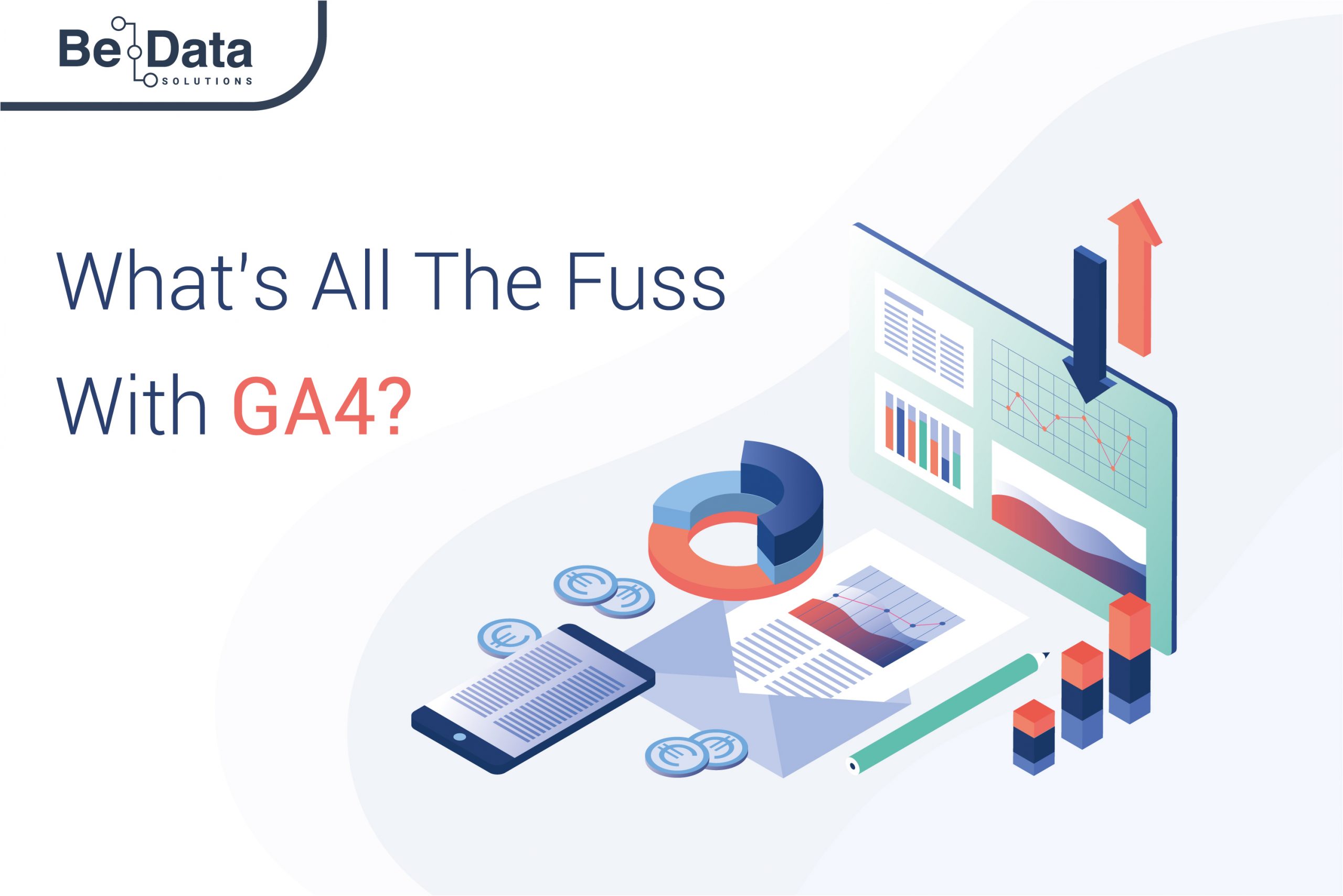
For those on the free version of Google Analytics (GA) scrambling to migrate to GA4 or having already done this, trying to reconcile why the numbers between GA4 and UA (GA3) differ, time is running out.
After July 1st Google will stop processing data from UA and all new data will come solely from GA4. Those on the paid version of GA, GA360, have another year after being told it was this year, which if you were cynicaly would suggest that Google hasn’t quite perfected GA4.
Unlike previous upgrades of, and changes to, GA where most changes were either improving how data was collected or providing a more intuitive interface, GA4 is actually a different technology with a different data model.
By now you would have heard that unlike UA which is session based, GA4 is event based, with each event being tagged with parameters. Some of these parameters are automatic whereas others you can set.
Why the changes between UA and GA4 matter
So why does this matter, well apart from numbers not matching 100%, the reports and views of data you once could get directly from the GA reporting interface or from Google Data Studio (or now known as Looker Studio) seem absent and even with the flexibility of boeing able to create custom reports within the Google Analytics reporting interface, some reports can not be replicated.
This goes back to the new data model. Some things need to be created by manipulating or transforming the data, and this is not possible in the reporting interface. You are able to segment, filter and maybe do some cross-tabs, but there is not much ability to manipulate the data.
If you read the support documentation from Google and also from Google Analytics experts you have heard about BigQuery. BigQuery is a Google database in the Google Cloud Platform which you can connect to GA4 for free.
Previously this connection was only free for GA360 users, essentially paid users, but it’s free to everyone now. You still pay for anything above your quota, but you can store data from GA4 into BigQuery for free and then you are charged when you analyse this data.
Since the data is now in a database structure, with event based tracking makes much easier, you should be able to run any report you want. With access to the most granular of data, recreating reports from the old GA reporting interface and more is now possible.
This will be good news for digital owners of ecommerce or some form of transaction based website, as the old GA was geared towards publisher type customers, with reports reflecting what they mainly wanted.
GA4 challenges
However, the big challenge is that many companies and even agencies specialising in GA were specifically geared towards running reports in GA, configuring tagging and connecting with Google Data studio or other reporting visualisation tools.
Very few operated in the database and cloud space, as the old GA took care of that. It did all the transformation and optimization of tables and views, so they didn’t have to.
This then means that companies or GA agencies need to upskill in BigQuery, databases and cloud services. This takes time, effort and if you are not experienced can cost more than you think to operate.
That is why Be Data has been approached by companies and GA specialists to help them set up BigQuery, create reports and make sure that queries are optimised so that cloud computing and storage costs do not get out of control.
Contact us if you need help
If you are in a similar situation, then get in touch with us at hello@bedatasolutions.com. One of our consultants will happily review what you want to achieve and design a solution that best fits your needs.
